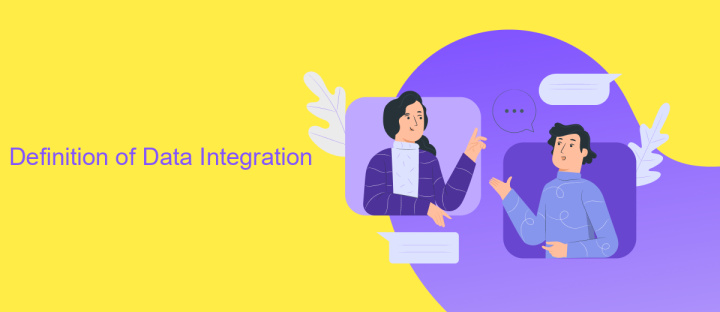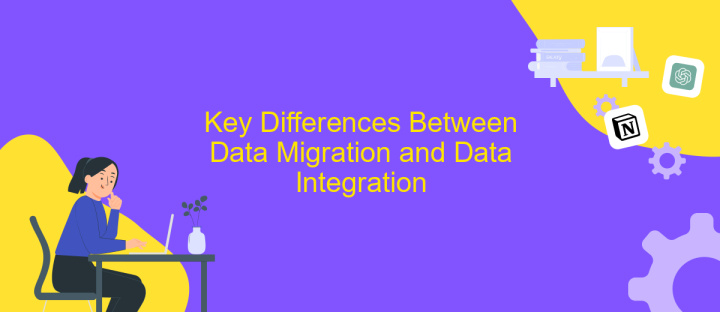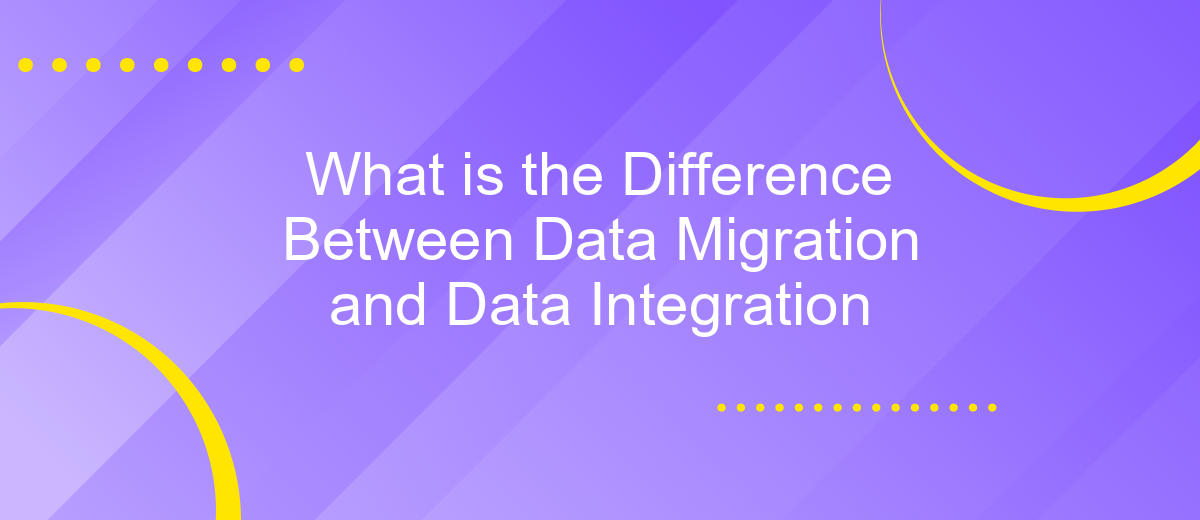What is the Difference Between Data Migration and Data Integration
Understanding the distinction between data migration and data integration is essential for effective data management. While data migration involves transferring data from one system to another, data integration focuses on combining data from different sources to provide a unified view. This article explores these key differences, helping organizations make informed decisions about their data strategies.
Definition of Data Migration
Data migration is the process of transferring data between different storage systems, formats, or computer systems. This process is typically undertaken to upgrade systems, consolidate data, or move data to a new environment. It involves careful planning and execution to ensure data integrity, minimal downtime, and seamless transition.
- Data Extraction: Retrieving data from the source system.
- Data Transformation: Converting data into the required format for the target system.
- Data Loading: Importing the transformed data into the target system.
Data migration is critical in scenarios such as system upgrades, cloud migrations, and mergers or acquisitions. It ensures that vital information is accurately and efficiently transferred, enabling businesses to maintain continuity and leverage new technologies. Properly managed data migration minimizes risks and maximizes the value of data in the new system.
Definition of Data Integration

Data integration is the process of combining data from different sources to provide a unified view. This involves the collection, preparation, and transformation of data to ensure that it is consistent, accurate, and useful for analysis and decision-making. Data integration is crucial in environments where data is scattered across multiple systems, databases, or applications, enabling organizations to harness the full potential of their data assets.
Modern data integration solutions often employ automated tools and services to streamline the process. For instance, ApiX-Drive offers a robust platform for setting up seamless integrations between various applications and data sources. By leveraging such services, businesses can reduce the complexity and time required to integrate their data, ensuring that it is readily available for real-time analytics and reporting. This not only enhances operational efficiency but also supports better strategic planning and decision-making.
Key Differences Between Data Migration and Data Integration

Data migration and data integration are two critical processes in data management, each serving distinct purposes. Understanding their key differences is essential for effectively managing and utilizing data within an organization.
- Objective: Data migration focuses on transferring data from one system to another, often during system upgrades or consolidations. Data integration, on the other hand, aims to combine data from different sources to provide a unified view for analysis and reporting.
- Scope: Data migration is typically a one-time process, involving the complete transfer of data. Data integration is an ongoing process, continuously combining data from various sources.
- Complexity: Data migration usually involves fewer complexities, focusing on data accuracy and completeness. Data integration requires handling data from multiple sources, ensuring consistency, and resolving discrepancies.
- Tools and Technologies: Data migration often uses ETL (Extract, Transform, Load) tools to move data. Data integration employs middleware, APIs, and data warehousing solutions to merge data from diverse systems.
In summary, while data migration and data integration both deal with data, they serve different roles. Data migration is about moving data to a new location, whereas data integration is about creating a cohesive data ecosystem from various sources for better insights and decision-making.
Benefits of Data Migration

Data migration is a crucial process that involves transferring data from one system to another, ensuring that the information remains accurate, complete, and consistent. It is often a necessary step when organizations upgrade their systems, consolidate data, or move to cloud-based solutions. By effectively managing data migration, businesses can maintain data integrity and minimize downtime, which ultimately leads to improved operational efficiency.
One of the primary benefits of data migration is the ability to modernize and optimize IT infrastructure. This process allows organizations to replace outdated systems with more advanced technologies, leading to better performance and scalability. Additionally, data migration can help eliminate redundant data and streamline data management processes, making it easier for businesses to access and analyze critical information.
- Enhanced data quality and accuracy
- Improved system performance and efficiency
- Reduced operational costs
- Increased data accessibility and usability
- Better compliance with regulatory requirements
In conclusion, data migration offers numerous benefits that can significantly impact an organization's overall success. By ensuring that data is accurately transferred and properly managed, businesses can achieve greater efficiency, cost savings, and improved decision-making capabilities. Investing in a well-planned data migration strategy is essential for staying competitive in today's fast-paced digital landscape.
Benefits of Data Integration
Data integration offers numerous benefits that can significantly enhance business operations. By consolidating data from various sources into a unified view, organizations can improve decision-making processes, as they have access to comprehensive and up-to-date information. This holistic approach eliminates data silos, ensuring that all departments within the organization work with consistent and accurate data. Consequently, this leads to increased efficiency and productivity, as employees spend less time searching for information and more time focusing on their core tasks.
Moreover, data integration facilitates better customer experiences by providing a 360-degree view of customer interactions and preferences. Tools like ApiX-Drive simplify the integration process by allowing businesses to connect various applications and services effortlessly. This ensures seamless data flow across different platforms, reducing the chances of errors and data discrepancies. Additionally, integrated data systems can enhance data security and compliance by centralizing data management, making it easier to monitor and protect sensitive information. Overall, data integration is a critical component for businesses aiming to stay competitive and agile in today’s data-driven environment.
FAQ
What is Data Migration?
What is Data Integration?
How do Data Migration and Data Integration differ?
When should I consider Data Migration?
Are there tools to help with Data Integration?
Strive to take your business to the next level, achieve your goals faster and more efficiently? Apix-Drive is your reliable assistant for these tasks. An online service and application connector will help you automate key business processes and get rid of the routine. You and your employees will free up time for important core tasks. Try Apix-Drive features for free to see the effectiveness of the online connector for yourself.

